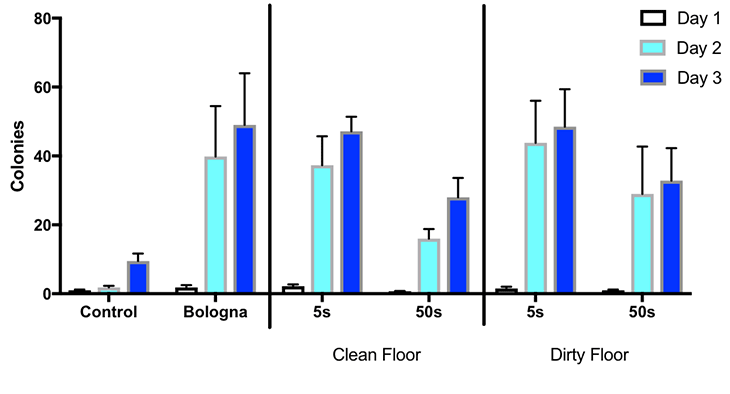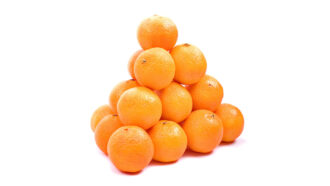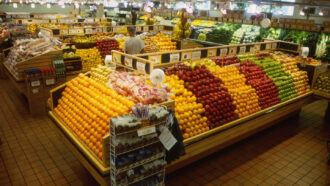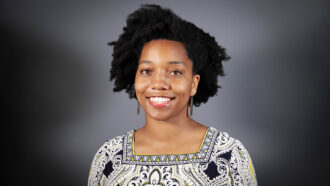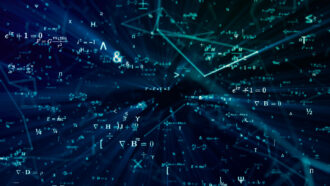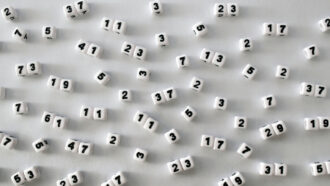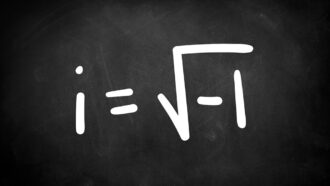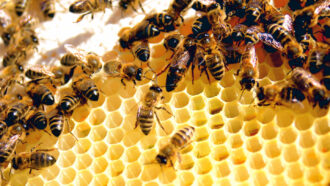climate The weather conditions that typically exist in one area, in general, or over a long period.
climate change Long-term, significant change in the climate of Earth. It can happen naturally or in response to human activities, including the burning of fossil fuels and clearing of forests.
confidence interval An estimated range of values — derived from a set of data — that are likely to contain the real value. This range is used to understand the amount of uncertainty in a sample of data. Confidence intervals are usually expressed in a percentage. For example, a 95 percent confidence interval means that in 95 tests out of 100, the result a scientist obtained would be within that range.
data Facts and/or statistics collected together for analysis but not necessarily organized in a way that gives them meaning. For digital information (the type stored by computers), those data typically are numbers stored in a binary code, portrayed as strings of zeros and ones.
error (In statistics) The non-deterministic (random) part of the relationship between two or more variables.
mean One of several measures of the “average size” of a data set. Most commonly used is the arithmetic mean, obtained by adding the data and dividing by the number of data points.
nutrition (adj. nutritious) The healthful components (nutrients) in the diet — such as proteins, fats, vitamins and minerals — that the body uses to grow and to fuel its processes. A scientist who works in this field is known as a nutritionist.
point (in mathematics) A precise point in space that is so small that it has no size. It merely has an address.
random Something that occurs haphazardly or without reason, based on no intention or purpose.
range The full extent or distribution of something. For instance, a plant or animal’s range is the area over which it naturally exists. (in math or for measurements) The extent to which variation in values is possible. Also, the distance within which something can be reached or perceived.
standard error of the mean (in statistics) The likely distribution of numbers in a data set, based on a random sample.
uncertainty A range of how much measurements of something are predicted to vary around an already-measured value.
